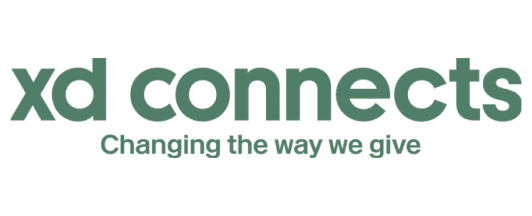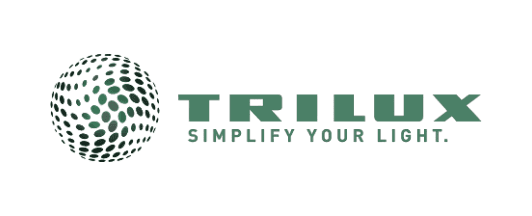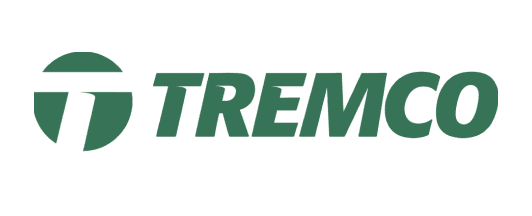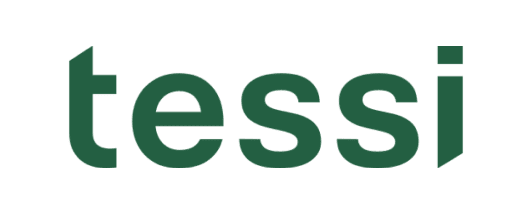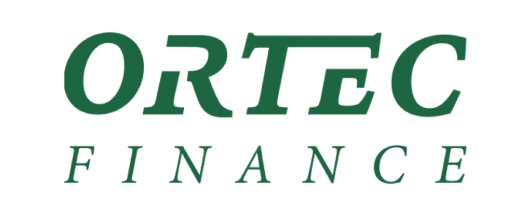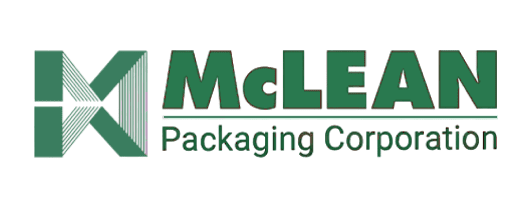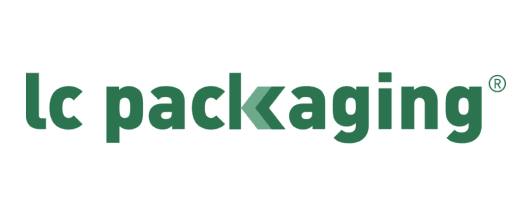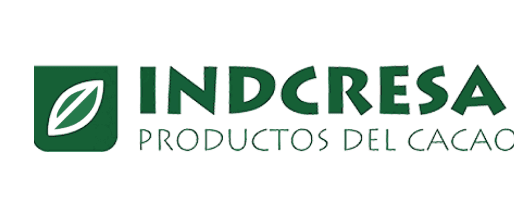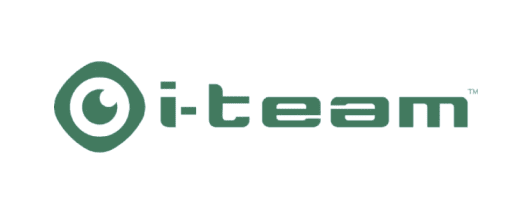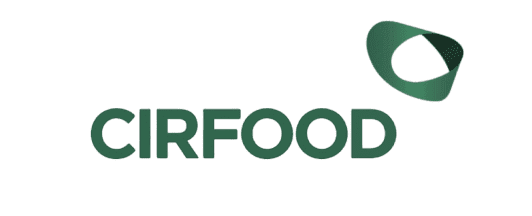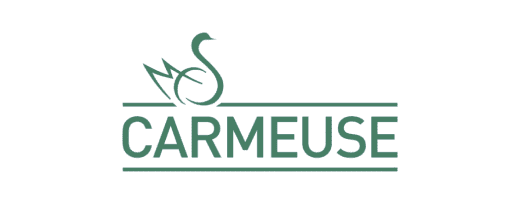Sustainability
strategy

Your vision
Our insight
Sustainability strategy, simplified
Our services
Your full-service
strategic partner
Why develop your
sustainability strategy?
Replies within 24 hours
On the side of integrated sustainability
Insights
Frequently asked questions
There’s no one-size-fits-all approach to defining sustainability goals and developing a sustainability strategy. However, a number of steps are essential to the process, starting with the identification of material ESG issues. Ideally, this is conducted in line with the ESRS double materiality assessment (DMA) guidelines. In this step, it’s critical to map and engage all the stakeholders that need to be involved in the DMA process, and to define the impacts, risks and opportunities (IROs) that these material topics and their sub-topics present throughout your value chain. A second step is to measure where your company stands on the various material topics to establish a baseline and understand current gaps. In parallel with this step, it’s important to have a clear vision and set SMART targets that clearly define the desired outcome.
Here, it’s key to engage stakeholders, conduct peer benchmarking and scan the regulatory horizon to define the level of ambition and set science-based targets. Once you’ve set goals and targets, you’ll need to develop and implement action plans to achieve your sustainable business goals. It’s also important to put in place the right data processes and systems to measure and monitor your progress against targets. Finally, don’t build your sustainability strategy in a vacuum! It’s important to decide how you'll integrate ESG goals and strategies into your broader business plan, and create an incentive structure that prioritises sustainability goals as much as financial ones.
Common challenges we see in the implementation of sustainability strategies include: limited leadership buy-in and commitment; cultural and engagement challenges; difficulties in collaborating across the value chain; inadequate data quality and limited non-financial data structures and processes; and moving beyond the ‘compliance-centric mindset’ to focus on innovation. To overcome these, it’s essential to create a clear vision based on material impacts and opportunities, set SMART sustainability goals, build an appropriate organisational structure, align incentives, streamline data collection early through scalable data processes and systems, and engage with key suppliers to ensure your value-chain impacts are reflected.
One of the first steps in developing a sustainability strategy is to map the entire value chain and identify stakeholders. This exercise should reflect the industry, activities and operational specifics of the business. Typical stakeholders involved in these journeys include internal (e.g. senior management in key departments and sustainability teams) and external (e.g. key suppliers, investors, local communities, NGOs and industry associations) parties.
When structuring sustainability roles and responsibilities in your team, consider key roles such as a senior ‘champion’ for high-level sponsorship, ‘deciders’ who can approve projects and allocate resources, and ‘doers’ who can implement different aspects of the strategy. In addition, it can be helpful to categorise stakeholders into the following groups: ‘active’ supporters of sustainability efforts, ‘agnostic’ individuals who are indifferent but can be persuaded, and ‘disgruntled’ stakeholders who are resistant to sustainability efforts. This structure ensures a balanced team with clear roles and diverse perspectives, which is critical for developing and implementing an effective sustainability strategy.
At Nexio Projects, we use over 40 benchmarking tools and frameworks, including ratings and certifications such as EcoVadis, B Corp, CDP, Sustainalytics, Dow Jones Sustainability Index (DJSI), MSCI, ISS ESG and Refinitiv. We also use benchmarking tools such as the World Benchmarking Alliance (WBA) rankings and non-financial disclosures from companies themselves.
Sustainability KPIs translate ESG goals into clear, quantifiable metrics across environmental, social, and governance dimensions. By tracking these regularly, organisations can align sustainability performance with business objectives and enhance accountability. Nexio Projects helps companies define relevant KPIs that integrate seamlessly with existing reporting frameworks and management systems.
Strong sustainability leadership fosters organisational commitment by embedding ESG priorities into corporate governance and strategy. Leaders set the tone, allocate resources, and cultivate a culture where sustainability is integral to decision-making. Our experts support executive teams in developing leadership frameworks that accelerate progress towards ambitious sustainability targets.
Aligning with global ESG frameworks such as ISSB, CSRD, and GRI ensures compliance, comparability, and transparency in reporting. A well-aligned strategy bridges regulatory demands and stakeholder expectations, enhancing credibility and strategic foresight. Nexio Projects provides tailored guidance to navigate this complex landscape and embed frameworks into your sustainability roadmap.
Integration involves embedding sustainability goals into budgeting, innovation, supply chain management, and risk assessment. This cross-functional approach drives systemic change and unlocks competitive advantages. Our consultancy partners with organisations to design structured sustainability governance, data processes, and incentive systems that foster deep integration and long-term value creation.
Nexio Projects is a Netherlands based sustainability consultancy with a proven track record of supporting strategic sustainability planning. Recognised globally by Verdantix, we have delivered over 1,000 projects across 20 countries and more than 25 sectors including logistics, consumer goods and industrial manufacturing. As a trusted sustainability consultant and ESG advisory firm, Nexio Projects helps companies translate ambition into strategy through materiality assessments, roadmap development and stakeholder engagement. Whether you are just starting your sustainability journey or aiming to refine and implement an existing plan, we are the sustainability experts you can rely on to drive long term value and measurable impact.

